|
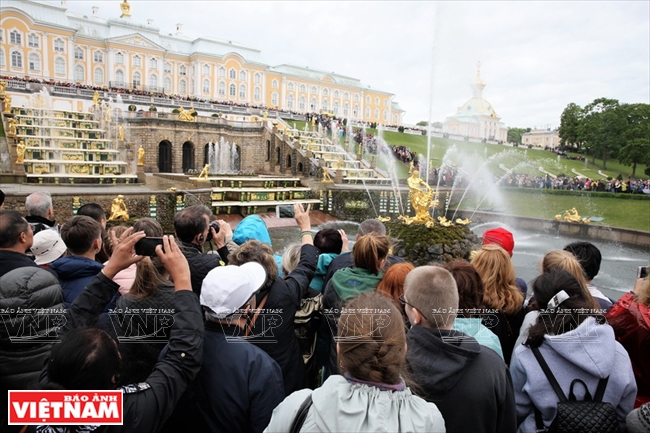
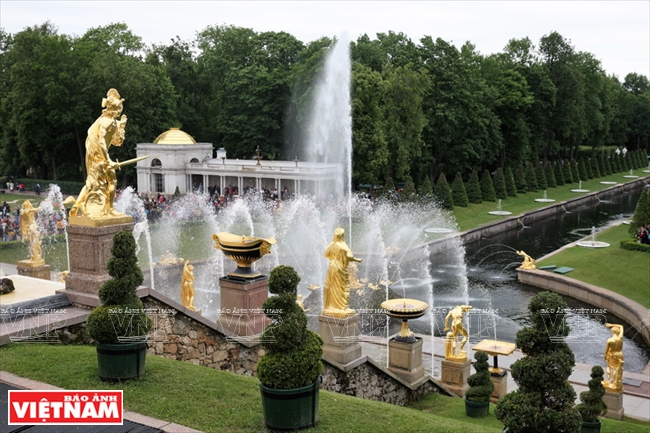
Peterhof – The Summer Palace
Peterhof Palace on the beautiful Neva River is one of Russia’s most famous sites. It is about 20km west of the city of Saint Petersburg. Visiting Peterhof, tourists will have a chance to enjoy the magnificent palace complex with 7 parks, 20 castles and 140 fountains. One of the surprises is that there is not a single pump needed to make the fountains operational. The water is supplied by reservoirs on the upper level and the natural slope of the terrain creates the pressure and force necessary to reach all the fountains, from the upper to lower levels. The whole system is about 22km long.
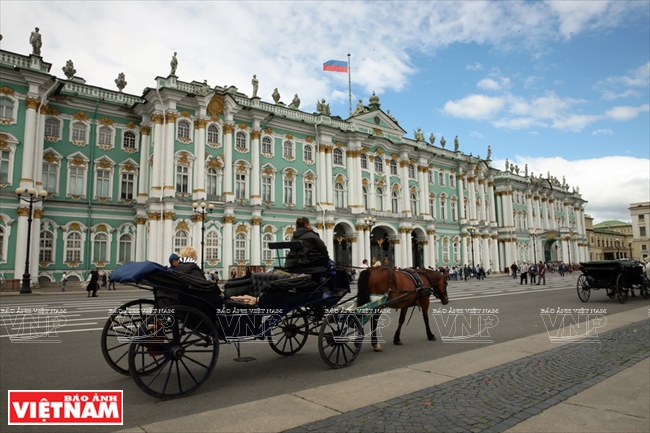

The Winter Palace
The palace was built over a period of nine years, from 1754 to 1762, on a total area of 90,000m². The palace was designed in the Baroque style - typical of the Italian Renaissance (1600) by Italian architect B. Rastrelli.
The whole palace has more than 1,000 rooms, 117 stairs and nearly 2,000 doors and windows. The palace is now the State Hermitage Museum, displaying more than three million ancient items in its collection. It would take about 17 years to see all the items if one spent three minutes to look at each artefact.


Ekaterina Palace
Ekaterina Palace is located in the city of Pushkin, 30km south from the centre of Petersburg. The palace was built in 1717. The palace impresses tourists with its splendid space with decorations made of gold and precious metals. It is listed as one of the most magnificent and beautiful in the world and was recognised by UNESCO as a World Cultural Heritage in 1990.
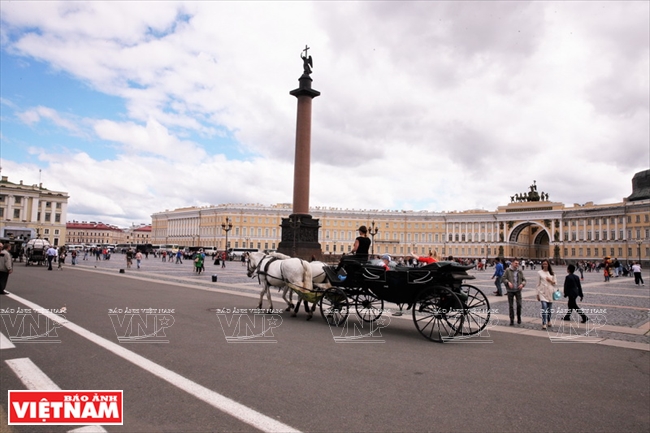
The General Staff Building
The General Staff Building is considered the typical architectural monument of Saint Petersburg. The monumental neoclassical building was built between 1820 and 1823. The whole building has 11 entrances and five internal courtyards. The most striking part of the building is the victory gate with a bronze sculpture of six horses – symbolising Russia’s victory over Napoleon in the war with France in 1812.
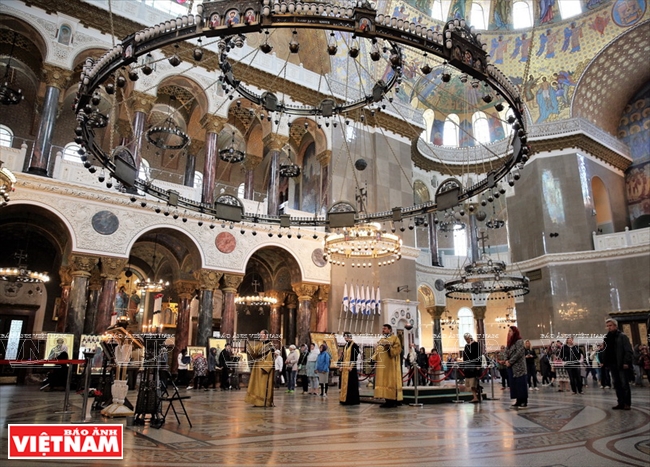
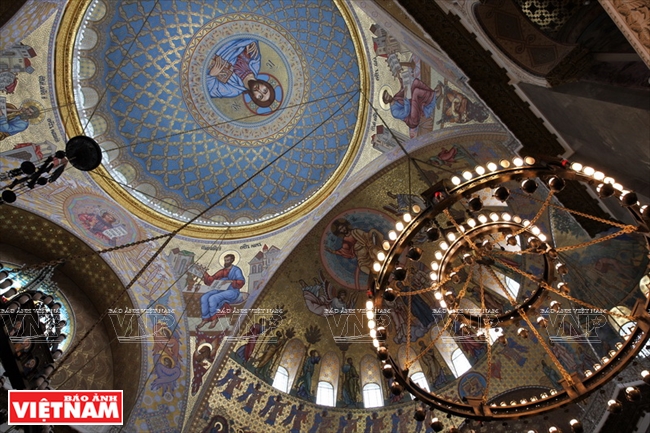
St. Nicholas Naval Cathedral
The Naval cathedral of St. Nicholas built between 1903 and 1913, is the largest of the navy under the Tsarist regime. The church is dedicated to Russian naval soldiers who died in action.
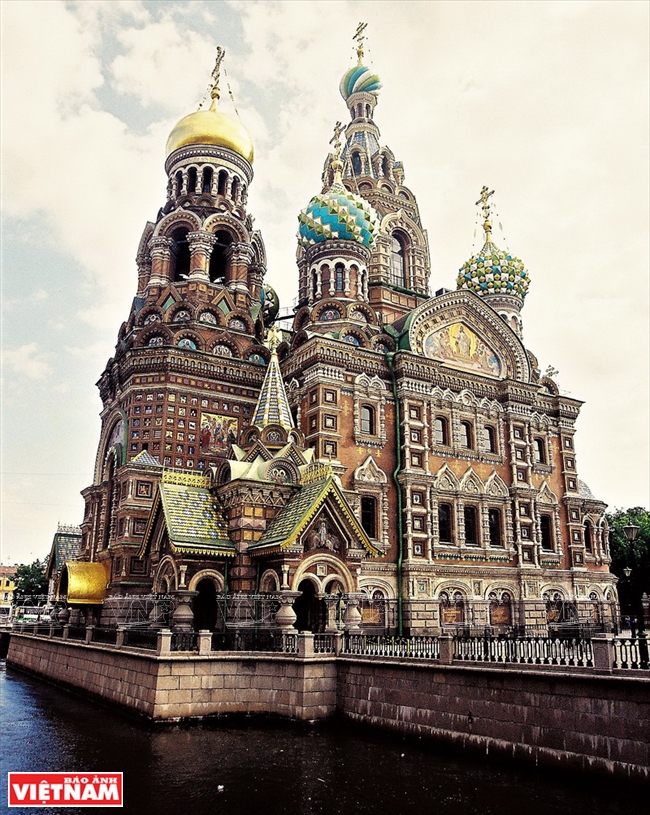
Church of the Savior on Spilled Blood
The Church of Savior on Spilled Blood is located by the side of the Griboedova canal. It was built from 1883 to 1907 with a height of 81m and an accommodation of 1,600 people. It is also the only church in Russia built on the site where Alexander II was fatally wounded in an assassination attempt on March 1, 1881. Today, the church is a museum of Russian architecture.
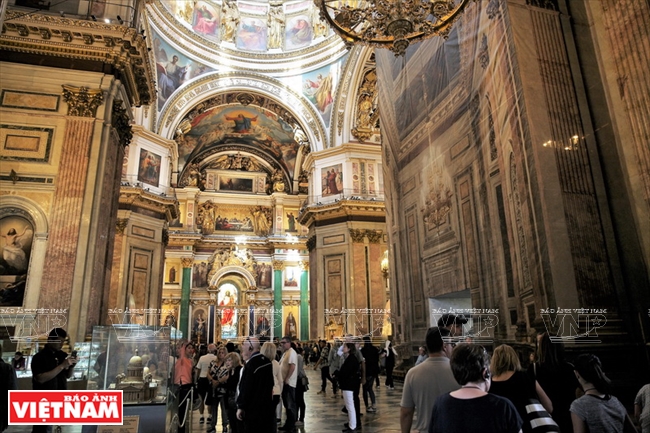
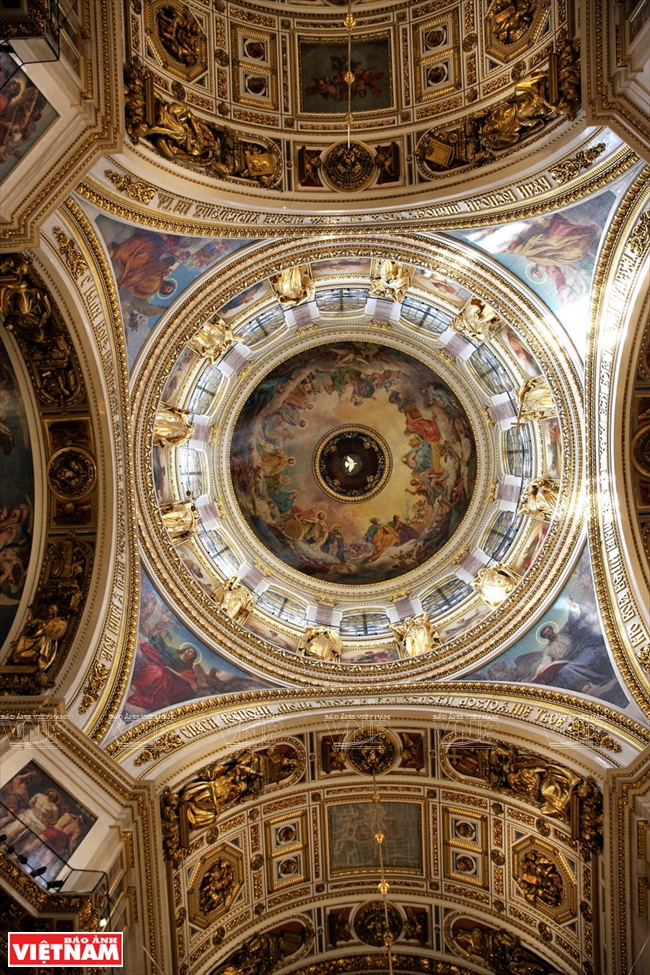
St. Isaac’s Cathedral
It is the largest church in Saint Petersburg and is the world’s second tallest Xlavo church, accommodating 12, 000 people.
The work was built in a record long time - 40 years (1818-1858).
St.Isaac’s Cathedral has five domes, typical architecture of Russian Orthodox basilicas. The cathedral’s main doom is plated with more than 100kg of gold. The church is also known as the coloured stone museum because thousands of tonnes of precious stones were used for paving and mosaic decorations inside the church.
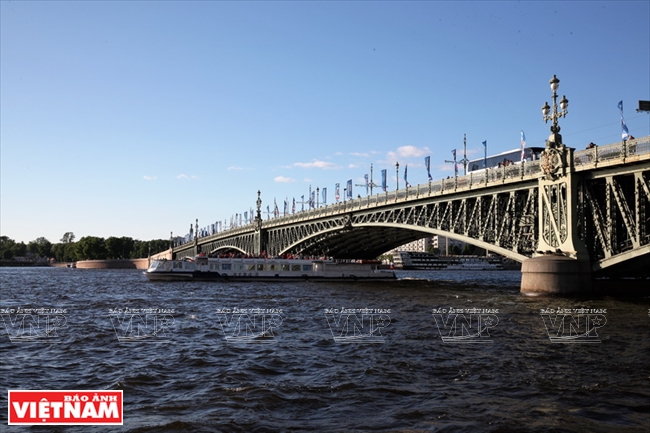
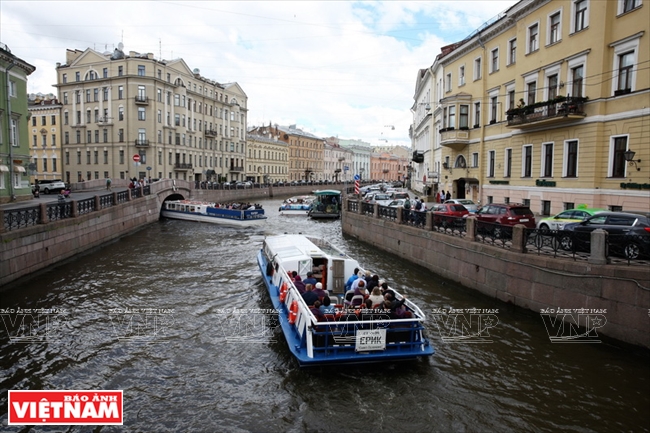
The Neva River
The Neva is known as one of the most beautiful rivers in Europe with over 10 spanning it. Most of them are rotating or elevating. At night, tourists often gather at the two sides of the bridge to see the spans at the middle of the bridge lifted so large ships can pass through.
|